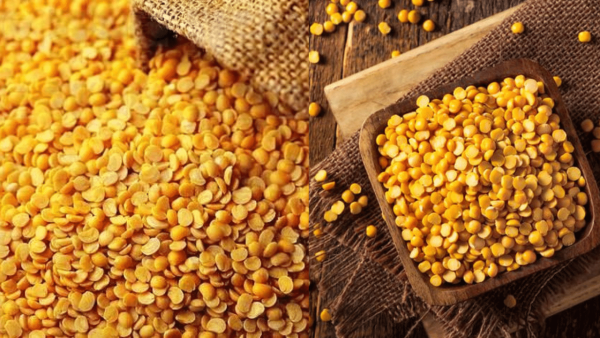
New Delhi: Uric acid results from the breakdown of purines in the body. While purines themselves aren’t harmful, high levels can lead to health problems like gout and kidney failure. Those with elevated uric acid should limit foods rich in purines, such as red meat, shellfish, and alcohol. It’s important to remember that pulses, often considered healthy protein sources, also contain purines. Therefore, individuals with high uric acid levels should consume pulses like Urad, Moong, Chana, Toor Dal, and Masoor Dal in moderation.
Here are five dals commonly used in daily meals that individuals with high uric acid should avoid or limit: Urad Dal, Moong Dal, Chana Dal, Toor Dal, and Masoor Dal. While these pulses are nutritious, their purine content can exacerbate high uric acid levels and lead to health complications.
Toor Dal, also known as split pigeon peas, is a popular pulse in many households. It is rich in protein and dietary fibre, offering numerous health benefits. However, individuals with high uric acid levels should be cautious. Toor Dal contains moderate amounts of purines, so it’s advisable to consume it in moderation to help manage uric acid levels effectively.
Chana Dal, or split chickpeas, is another protein-packed pulse widely used in various dishes. While it provides essential nutrients, those with elevated uric acid should limit its intake. Chana Dal contains a higher purine content compared to other pulses, which may contribute to increased uric acid levels. Moderation is key for maintaining a balanced diet.
Urad Dal, or black gram, is a nutrient-rich pulse often used in traditional cooking. It is a good source of protein and fibre, but individuals with high uric acid levels should be cautious. Urad Dal has a significant purine content, which can exacerbate conditions like gout. It’s recommended to consume it sparingly.
Moong Dal, or green gram, is known for its health benefits and digestibility. It’s a protein-rich pulse that can support a balanced diet. However, those with high uric acid levels should moderate their consumption. While Moong Dal has a lower purine level compared to other pulses, it’s wise to be mindful of portion sizes.
Masoor Dal, or red lentils, is a common ingredient in many cuisines. It is high in protein and can aid in maintaining overall health. However, for individuals dealing with elevated uric acid, limiting Masoor Dal intake is prudent. It contains purines that may impact uric acid levels, so moderation is essential to manage this condition effectively.
Maintaining a balanced diet is vital for managing high uric acid levels. While pulses are an excellent protein source, it is important to be selective with choices. Reducing the consumption of high-purine pulses like lentils, chickpeas, split peas, soybeans, and black-eyed peas can support better management of uric acid levels. Always consult with a healthcare professional or registered dietitian to tailor dietary recommendations based on individual health needs.